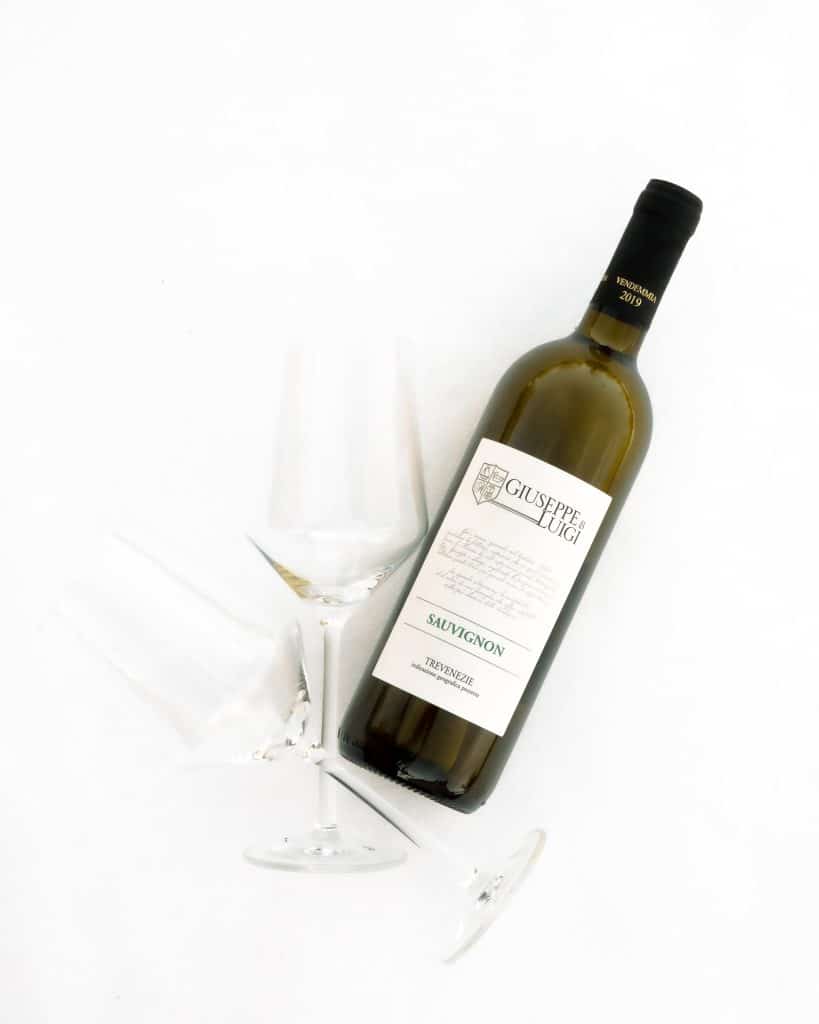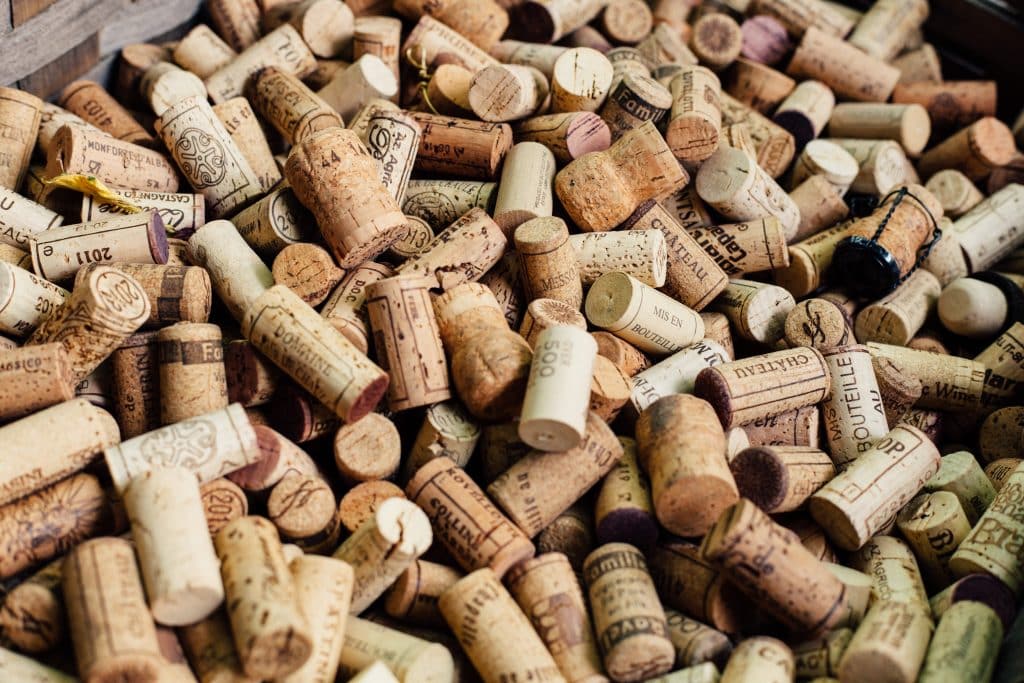What’s in a name? When it comes to wine branding… a lot. There are nearly infinite varieties of wines, but most consumers aren’t expert sommeliers who can pick them apart by their smell!

That’s why wine has to be carefully branded so that customers can find the wine that speaks to them. Strong imagery and careful brand positioning make the difference between a wine that flies off the shelves and one that fails to stand out among a sea of pinots and cabernets. Read our blog to learn the basics of wine branding.
Wine is one of the world’s most ancient and beloved beverages — and there is no shortage of options! Wine-lovers may be casual consumers who enjoy a glass with dinner or certified sommeliers with ultra-refined tastes and deep knowledge of wineries and their history. Most people are the former, which is why your winery needs to capture their attention as they browse the wine aisle.
It all comes down to branding. Many of your customers don’t know much about wine besides the basic types and their countries of origin. So they won’t choose a wine simply because it’s the kind they like. They’re looking at the label design, how the wine is described, and the level of luxury involved — all of which stems from branding, not the actual wine-making process! Let’s look at what makes a powerful wine brand.
Three Steps To Wine Branding

1. An appeal to your target customer
Wine is stereotypically portrayed as the preferred alcoholic beverage of upper-class socialites, hardworking professionals, or tired moms. But the truth is that many types of people enjoy wine. Your job is to decide who will buy your wine.

The price point is only one part of your product’s appeal. Yes, some people will choose pricey brands because they believe the quality will be better. However, plenty of people who could purchase expensive wines will still buy cheaper options if the brand appeals to them.
Take a look at Trader Joes’ famous Charles Shaw brand. Lovingly known as “Two Buck Chuck,” these wines are quite cheap, as the name suggests, yet have elegant labels, corked bottles, and enticing descriptions — all of which appeal to customers who want a nice wine without the high price tag. Charles Shaw aligns closely with the overall Trader Joes’ brand, which caters to consumers seeking healthy, gourmet food on a budget.
You can also appeal to customers on the basis of experience rather than quality. For example, the Apothic wine brand features dramatic imagery, dark colors, and fiery names to set customer expectations: they focus on highly complex, spiced, and fruit-heavy wines. The Apothic wines appeal to consumers who want indulgent flavors for an affordable price.
In short, brand appeal stems from a combination of the right tone of voice, label imagery, and overall presentation of your wine.
2. A strong brand story
When people shop for wines, they’re usually shopping for an experience. Wine is something that people get picky about, much more so than juice, milk, or even other alcoholic beverages. Because wine comes in so many varieties, many casual consumers when they walk into a wine aisle. Where do they even begin?

That’s why expressing your brand’s story and unique vision is crucial to selling your wine. Whether they know it or not, people are looking for hints that the wine will suit their tastes and personality. Perhaps they have a sweet tooth and they want a fruity red blend or a tangy rosé. Or perhaps they want something that seems eclectic and fun.
So, they’re looking at your label design and reading the back of the bottle. What type of story do they perceive? Are you a family-owned company who has perfected your wine-making methods over 200 years? Is your brand an innovative winery that experiments with various infusions or aging techniques? Do your wines reflect the tradition of a certain region? Are your wines designed to get people drunk or provide a bit of light refreshment at Sunday brunch?
Ask yourself all these questions. There are no wrong answers. Then, look for ways to express your brand story. If you produce barrel-aged wines meant for people of unusual tastes, you’ll probably want to use a provocative font, vintage aesthetic, and dark colors like Apothic. If you specialize in Spanish wines meant for pleasurable day-drinking, your label could include gold accents, lightweight typefaces, and whimsical patterns.

3. Consistent, compelling imagery
If we have one criticism of Charles Shaw’s brand, it’s that the label design leaves much to be desired. The brand definitely wants to seem elegant, but we suspect that its success comes from its reputation.

Ideally, your wine brand will feature compelling designs that catch the eye. Otherwise, you’ll blend into hundreds of other wine bottles on the shelves. Many people love to see unique illustrations, digital art, or even photography on the bottle (see the 19 Crimes brand as an example). However, you also want to be sure that your brand is recognizable so that consumers who already enjoy your chardonnay can easily find your Pinot Noir.
Try choosing a different main image for each type of wine you produce, but keep the fonts and overall colors the same (see the tarot-inspired Prophecy brand as an example). You can also keep the images the same but vary the colors for each variant (see the Witching Hour brand as an example).
Above all else, keep the label design as clutter-free as possible. You want to make an emotional connection with your customer, and a strong image with the right colors and typefaces can achieve that.

Wrapping Up
Any consumable product needs to be well-branded to attract customers. However, wine is more than a beverage: it’s an experience. Every winery needs to link its wines to its target audience’s desires, whether that’s to have a fun, fruity wine to drink at the party or a smooth chardonnay to unwind after a long day. More than that, they’re looking for indications that the brand matches their personality and lifestyle. Are they eclectic and quirky? Elegant and sophisticated? Fun and friendly? Good wine branding helps consumers choose the perfect wine for their mood, the occasion, and their overall preferences.








